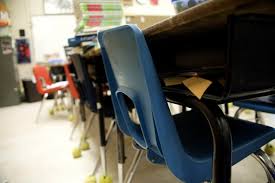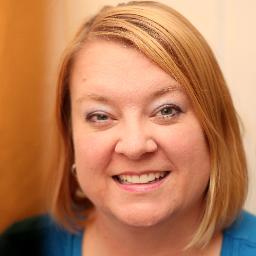Special Education, Teaching , School
Special Education Should Be Individualized
Nov 29, 2015, by Dawn GibsonLately, I have found myself thinking about the future of special education. I'm always reading about special education, talking with parents, discussing with school personnel, so the various issues are never far from my mind. A couple of weeks ago, I read an article written by a special education professor from the University of Texas. In the article she was wondering if inclusion for our students with learning disabilities is just an illusion? Are we so set on inclusion, at any cost, that we are willing to overlook the time a child might require "pull out" from the general ed classroom? For him/her to receive instruction that focuses exclusively on his/her needs? 
I have some strong opinions on inclusion and traditional "pull out" programs, and why I think both are important.
1. I believe it is important for everyone to understand that children on IEP's are NOT just the special education teacher's students. As much as I grew to love each of the children I had in my classroom, I often found myself reminding teachers, "These are not MY students, they are OUR students." Children are always children first. A child might HAVE a disability, but he/she is NOT just a disability. There are no cookie cutter kids. Everyone is unique so let's figure out how to use that to our benefit, and work together.
2. Children on IEP's are not strange or weird. (Well, not any more weird than some of the typical students I've worked with over the years. Kids can just be weird, regardless.) It has been my experience, when children, or adults for that matter, don't understand a disability and the manifestations of that disability, they may be nervous or scared in how they interact with that individual. It is okay to be nervous at first, just don't let fear stand in the way of truly getting to know someone.
3. Children with disabilities need to be able to interact with their typical peers. There are necessary skills that cannot be learned from a textbook or from only interacting with kids that are just like them. They need experience(s). Children learn about expectations, rules, social skills and how to make friends but, learning necessary skills is not only for the child with special needs. Having classmates with special needs is also good for the typical students. Children can learn about empathy, showing consideration, understanding, and being flexible. These are excellent life skills and acquiring them will be beneficial for many of life's circumstances.
4. All students need high expectations. I have found that in almost all cases, a student will strive to meet the expectations of their teacher, if he/she feels like the teacher thinks the child can do the task at hand. Just because a student learns differently doesn't mean he/she should be handed low expectations. Sure, the student might require special accommodations or modifications for school work. For example, he/she might work more slowly than others, or need more frequent breaks, but if given opportunities, can make great strides and show meaningful progress in their learning.
5. I do not believe pull out programs are a form of segregation. I believe there are times when students might require a smaller group, with less distractions, to focus on specialized curriculum/instruction from an instructor that understands the child's/childrens diagnosis. The intervention specialist can, and should, use specific strategies that work for that particular child. This is much more of a challenge in a typical classroom, where distractions are many. It is also worth noting, a special ed student receiving instruction in the general ed classroom can sometimes be a distraction for the rest of the class, this is especially true if there are behavior issues.
6. It is true that kids are kids. No one wants to look like the odd one out. No one wants to be different. Having to leave the classroom for a specific amount of time can draw attention, that the child with learning differences might not appreciate. In this case, I think we need to help the student look at the bigger picture. Remind them, they need to do some concentrated work time now, for the benefits of improved academic and living skills later.
7. I do wonder if the push toward complete inclusion is more about money and less about what is truly appropriate for the child with special needs. I am sure it is more budget-friendly to have everyone together in one classroom, but is it always the most effective approach for a child that learns differently or requires more time to process?
Having said this, the ultimate goal of special education (including IEPS, behavior interventions, accommodations/modifications, supports and programs) is to help students know success. It is to have high expectations and the willingness to try "out of the box" strategies. It is to give students the skills they will need to live a productive and independent (as possible) life. I believe there is a place for inclusion AND separate special education classes. All separate classes and no outside interactions truly would be segregation, and total inclusion with no acknowledgement of the very real and practical need for intensive instruction according to the child's disability, would be wrong. There needs to be a balance for all the students involved. The great thing about special education is that it should be individualized. Each student is unique and his/her education should reflect that.




